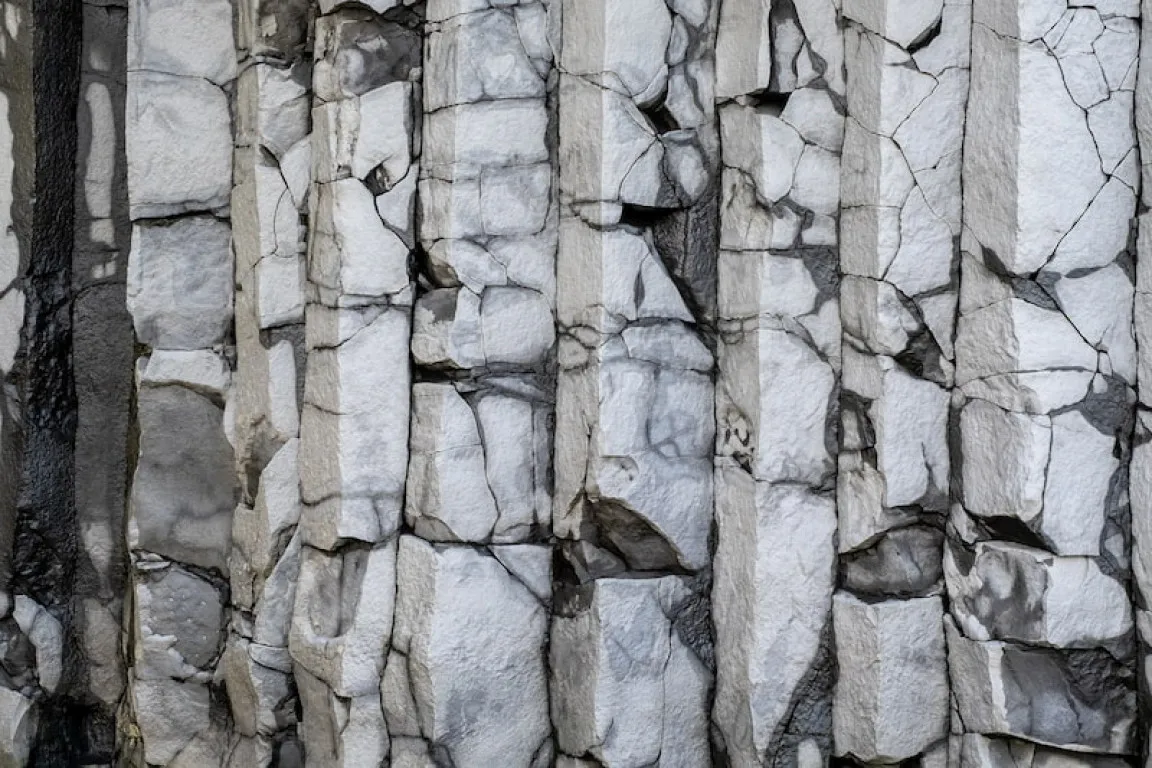In the construction industry, various structural elements play a crucial role in supporting and strengthening buildings. One of these essential elements is a shear wall. A shear wall is a vertical wall designed to withstand lateral loads, such as those from earthquakes and strong winds.
The use of shear walls in building construction to withstand earthquakes is critical. These walls help maintain the stability and rigidity of the structure and prevent building collapse due to strong lateral loads.
This article will discuss in more detail about shear walls, including their functions, types, and their importance in construction. By understanding the significant role of shear walls, architects, engineers, and contractors can design and build more durable, safe, and aesthetically pleasing structures.
What Is a Shear Wall?
A shear wall is a robust vertical structural element connected to the foundation. The function of this wall is to bear the structural load against lateral forces, especially from earthquakes. Therefore, shear walls are designed to be rigid to minimize deformation or deflection.
Shear walls are typically placed in the following locations:
- Room corners: to strengthen the structure at the room's edges.
- Lengthwise in the middle of the building: to provide stability and withstand earthquake/wind loads.
- Along the building height: to transfer the load to the foundation.
Functions of Shear Walls in Construction
As previously explained, shear walls play a crucial role in a building construction. Some of the shear wall functions are as follows:
- Strengthening the building structure: reinforced concrete shear walls not only act as room dividers but also as part of the building's structure, helping to support the load on adjacent beams and columns.
- Damping earthquake vibrations: during an earthquake, shear walls absorb part of the shock energy, minimizing damage to the building.
- Reducing maintenance costs: strong building structures with shear walls are more resistant to earthquake damage, leading to lower maintenance costs.
- Increasing load-bearing capacity: shear walls help increase the load-bearing capacity of the concrete floor above them. Thus, the thicker the shear wall, the stronger its load-bearing capacity.
- Resisting lateral forces: shear walls are designed to withstand horizontal forces, such as those from earthquakes and wind acting on the building.
- Absorbing shear forces: shear walls can absorb significant shear forces, especially in high-rise building structures.
- Increasing structural stiffness: shear walls add stiffness to the building structure, making it more stable and robust.
- Preventing wall failure: shear walls help prevent the failure of exterior walls and support several building floors.
- Maintaining stability during earthquakes: shear walls ensure the building structure does not collapse due to lateral movement during an earthquake.
In multi-story building structures, shear walls are indispensable. This is because rigid shear walls can absorb most of the earthquake load, making the building structure stronger and safer.
Additionally, shear walls are always combined with moment-resisting frame systems in buildings. The collaboration between these two systems, which have different characteristics, results in a stronger and more economical building structure. Examples of buildings with shear wall structures include malls and campuses.
Read also: Tips for Choosing Building Materials for a Minimalist House
Types of Shear Walls Based on Their Location and Function
Shear walls are divided into several types based on their location and function. Here are the types of shear walls you need to know:
1. Bearing Wall
Bearing wall acts as a shear wall while also supporting a significant portion of the building's weight. This type of shear wall is integrated with partition walls between adjacent rooms.
2. Core Walls
Located in the middle of the building, core walls are structural shear walls. These walls form the backbone of a building, often containing stairs or elevators, which serve a dual function and are cost-effective.
3. Frame Walls
Frame walls are another essential structural element that helps buildings withstand lateral loads. This means the building's gravitational load is supported by the reinforced concrete framework, while frame walls counter horizontal forces like wind and earthquakes. These walls are typically built between columns to strengthen the building structure and prevent collapse.
The Importance of Using Shear Walls
Shear walls help buildings withstand lateral forces, such as wind and earthquakes. Some of the reasons why people use shear walls are:
1. Improving Earthquake Resistance
Earthquakes generate significant horizontal forces that can damage or collapse buildings. Shear walls help distribute these forces evenly throughout the building structure, enhancing earthquake resistance.
2. Enhancing Wind Resistance
Shear walls improve a building's resistance to wind. Additionally, strong winds can generate significant horizontal forces that can damage buildings. Therefore, shear walls help strengthen the building structure and prevent wind damage.
3. Increasing Building Stability
Shear walls are essential in construction because they help enhance the overall stability of the building. Thus, the building becomes more robust and can withstand various loads.
4. Minimizing Damage
Using shear walls can help minimize building damage during earthquakes or strong winds. Consequently, shear walls can save on repair and reconstruction costs.
5. Saving Lives
Last but not least, shear walls can save lives. With a typical thickness of 8 inches or 203 mm, shear walls can prevent building collapse during earthquakes or strong winds, thereby saving lives.
Read also: Understanding Gypsum, A Multifunctional Building Material
This information highlights the importance of shear walls in constructing strong and sturdy buildings. Shear walls also play a vital role in maintaining the stability and safety of buildings against lateral loads, such as earthquakes and strong winds.
When constructing these building elements, you must consider the main material, which is concrete. Choose high-quality concrete to ensure the element is strong and durable. Therefore, use Semen Merah Putih as the primary concrete material.
Semen Merah Putih's concrete products are ready-to-use and can be applied in various applications. As a premium product, Semen Merah Putih's concrete is guaranteed to be of high quality, ensuring strength and durability when used as shear walls.
So, what are you waiting for? Contact us now for more information about our products.
Read also: Bamboo, A Natural Building Material for Your Home




